Welcome back Zigao Wang’s Blog! Today, we’re diving into the fascinating world of CPU architectures. If you’ve ever wondered why your smartphone feels different from your desktop in terms of performance and power consumption, the answer often lies in the underlying CPU architecture. In this post, we’ll explore some of the most prevalent CPU architectures, including ARM, x86, and x64, and discuss what sets them apart.
What is CPU Architecture?
Before we delve into specific architectures, let’s briefly define what CPU architecture is. At its core, CPU architecture refers to the design and organization of a computer’s central processing unit (CPU). This encompasses the instruction set architecture (ISA), microarchitecture, and the implementation of these designs in silicon.
Instruction Set Architecture (ISA)
ISA is the part of the CPU that defines the set of instructions the processor can execute. It serves as the interface between software and hardware. Different ISAs can lead to different performance characteristics and efficiencies. Two of the most well-known ISAs are ARM and x86.
ARM Architecture
Overview
ARM (Advanced RISC Machine) architecture is a family of RISC (Reduced Instruction Set Computing) architectures for computer processors. ARM processors are known for their power efficiency, making them ideal for mobile and embedded applications such as smartphones, tablets, and IoT devices.
Key Features
- Power Efficiency: ARM processors are designed to perform efficiently with lower power consumption, which is crucial for battery-operated devices.
- Simplicity: ARM uses a simpler set of instructions compared to complex instruction set computing (CISC) architectures, which can lead to faster instruction execution.
- Scalability: ARM architecture is highly scalable, suitable for a wide range of applications from small microcontrollers to large servers.
Specific Examples
- Apple M Series Chips: Apple’s M1 and M2 chips are based on ARM architecture, offering impressive performance and power efficiency for Macs and iPads.
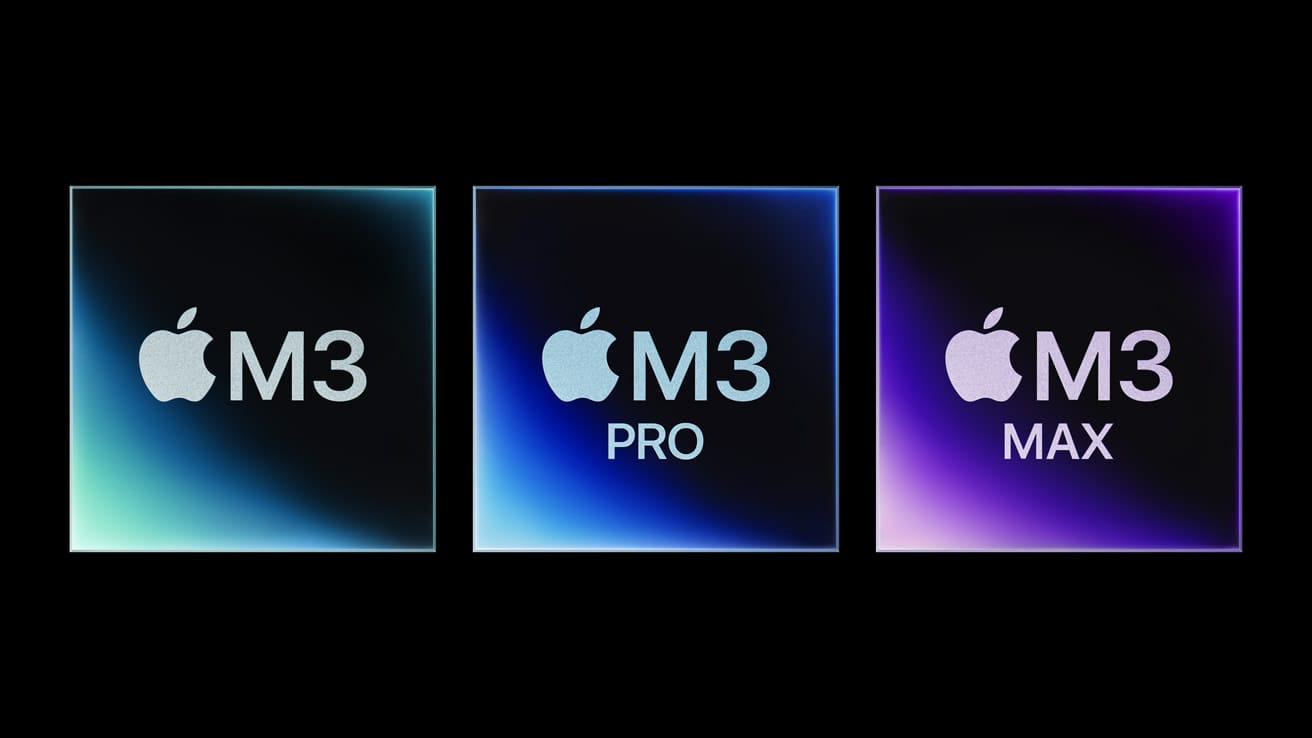
- Qualcomm Snapdragon: Widely used in Android smartphones, Snapdragon processors are based on ARM architecture.
- NVIDIA Jetson: Used in AI and robotics applications, NVIDIA’s Jetson modules leverage ARM processors for efficient performance.
x86 and x64 Architecture
Overview
x86 architecture is a family of CISC (Complex Instruction Set Computing) architectures developed by Intel and AMD. Initially, x86 referred to 32-bit processors, but modern iterations have evolved to support 64-bit computing, known as x86-64 or simply x64. This extension allows for greater memory addressing and enhanced performance for certain applications.
Key Features
- Performance: x86 and x64 processors are known for their high performance, making them suitable for demanding applications like gaming, video editing, and large-scale computations.
- Backward Compatibility: x86 and x64 architectures maintain backward compatibility with older software, ensuring that applications developed years ago can still run on modern processors.
- Versatility: x86 and x64 are versatile and can be found in a wide range of devices, from desktops and laptops to servers and high-performance workstations.
Specific Examples
- Intel Core Series: Widely used in desktops and laptops, Intel’s Core i3, i5, i7, and i9 processors are based on x64 architecture.
- AMD Ryzen: Known for high performance and competitive pricing, AMD’s Ryzen processors are also based on x64 architecture.
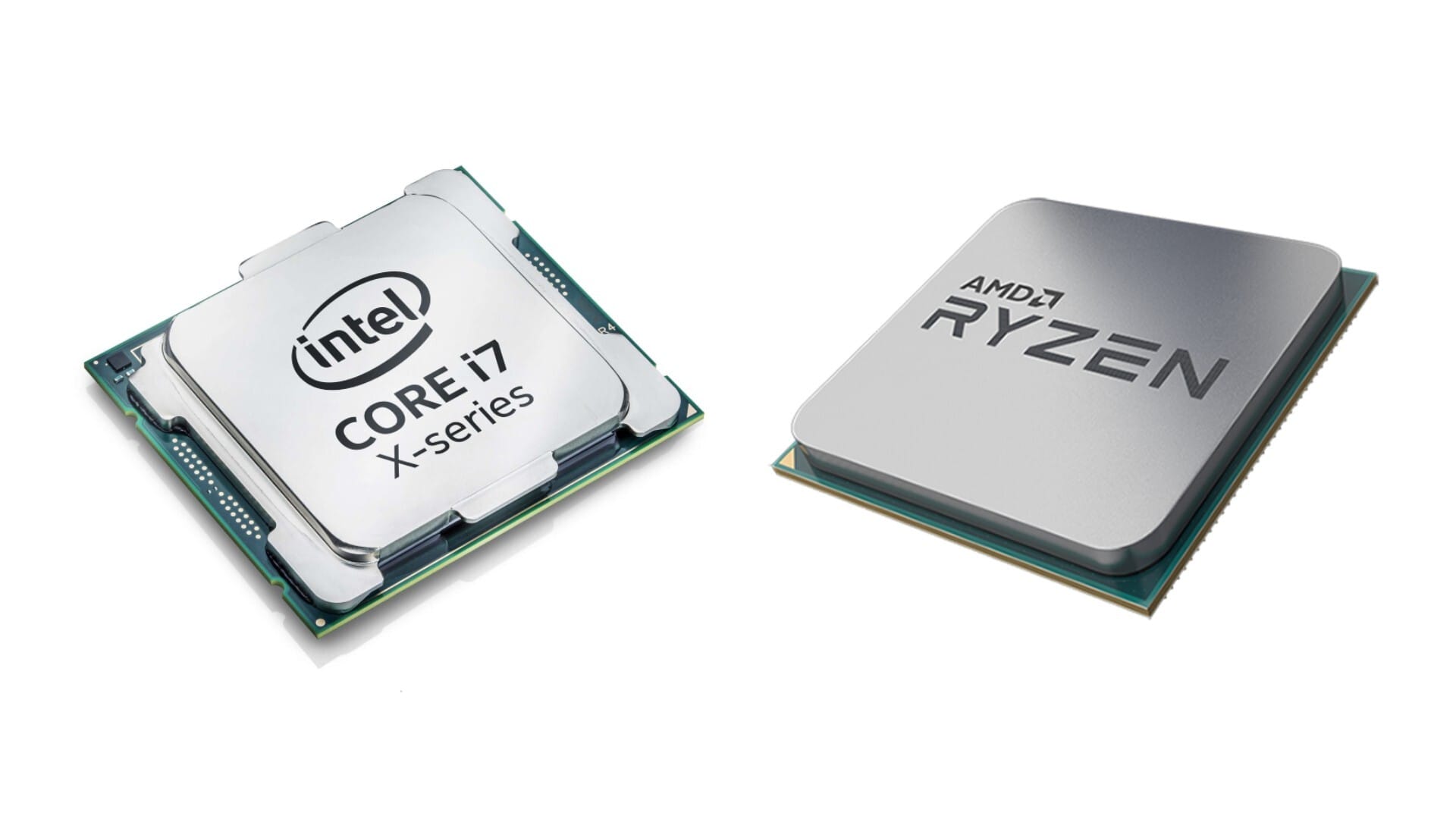
- Intel Xeon: Used in servers and workstations, Intel Xeon processors offer powerful performance for enterprise applications.
Other Architectures
While ARM, x86, and x64 are the most well-known, there are other architectures worth mentioning:
MIPS (Microprocessor without Interlocked Pipeline Stages)
MIPS architecture is another type of RISC architecture. It is often used in academic settings and some embedded systems. MIPS processors are known for their simplicity and efficiency.
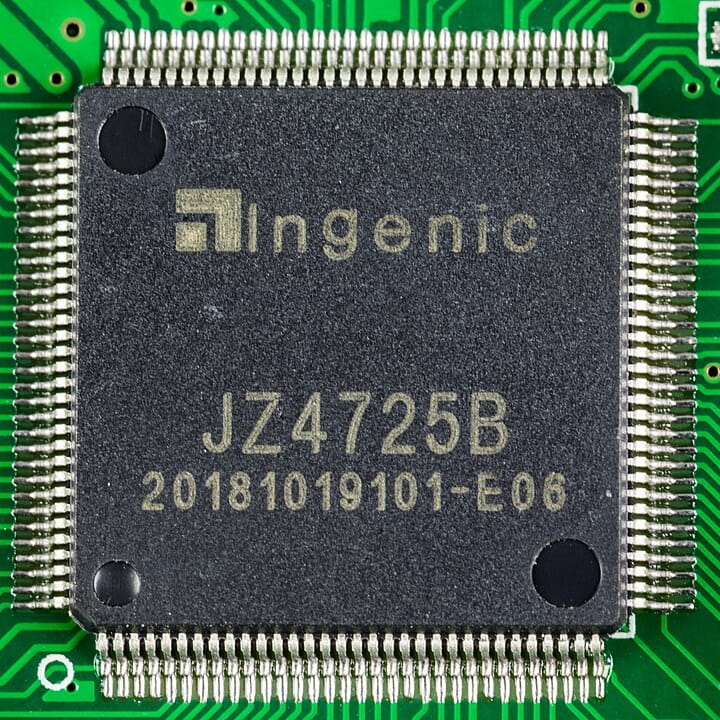
PowerPC
Developed by IBM, PowerPC is a RISC architecture that was once popular in Apple computers and some gaming consoles. It is still used in some embedded applications and high-performance computing.
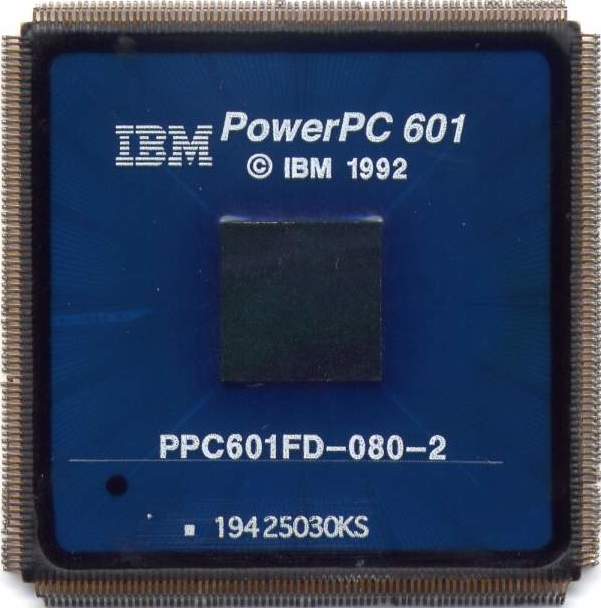
RISC-V
RISC-V is an open-source ISA based on RISC principles. It has gained popularity in recent years due to its flexibility and the ability for developers to customize it for specific applications.
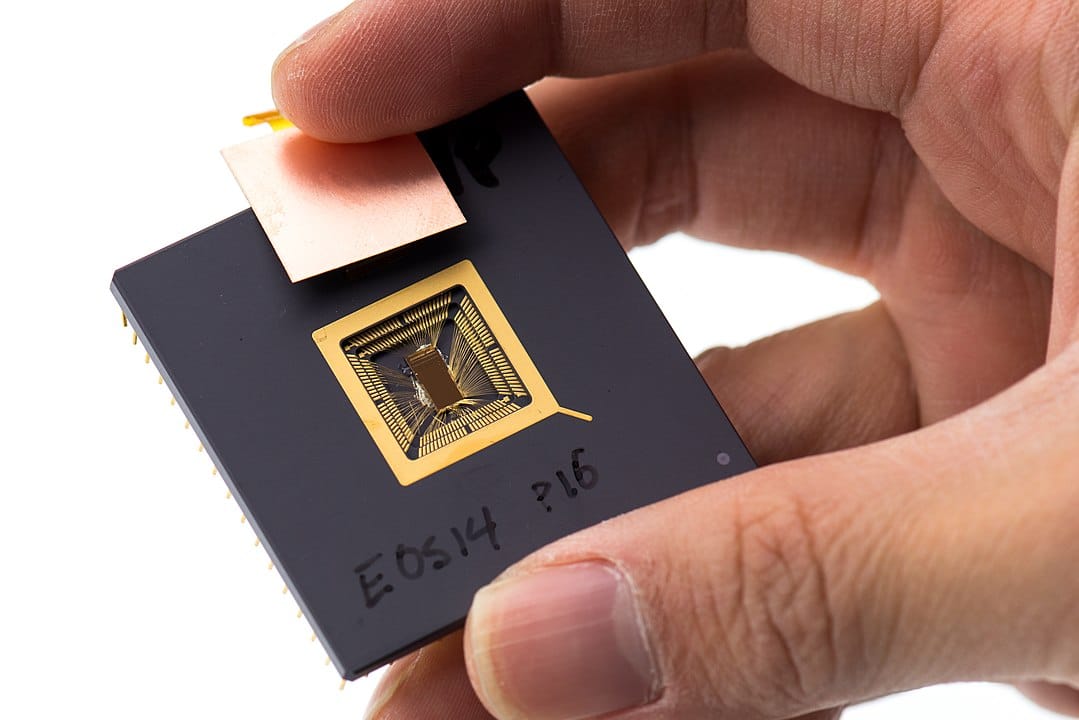
LoongArch
Loong architecture, developed by China’s Loongson Technology, is another notable player in the CPU landscape. Loongson processors are based on the MIPS architecture but have been significantly enhanced and optimized for various applications. These processors are primarily used in China for desktops, servers, and embedded systems, providing a homegrown alternative to ARM and x86. With a focus on both performance and energy efficiency, Loongson aims to reduce dependency on foreign technology and promote domestic innovation in the semiconductor industry.
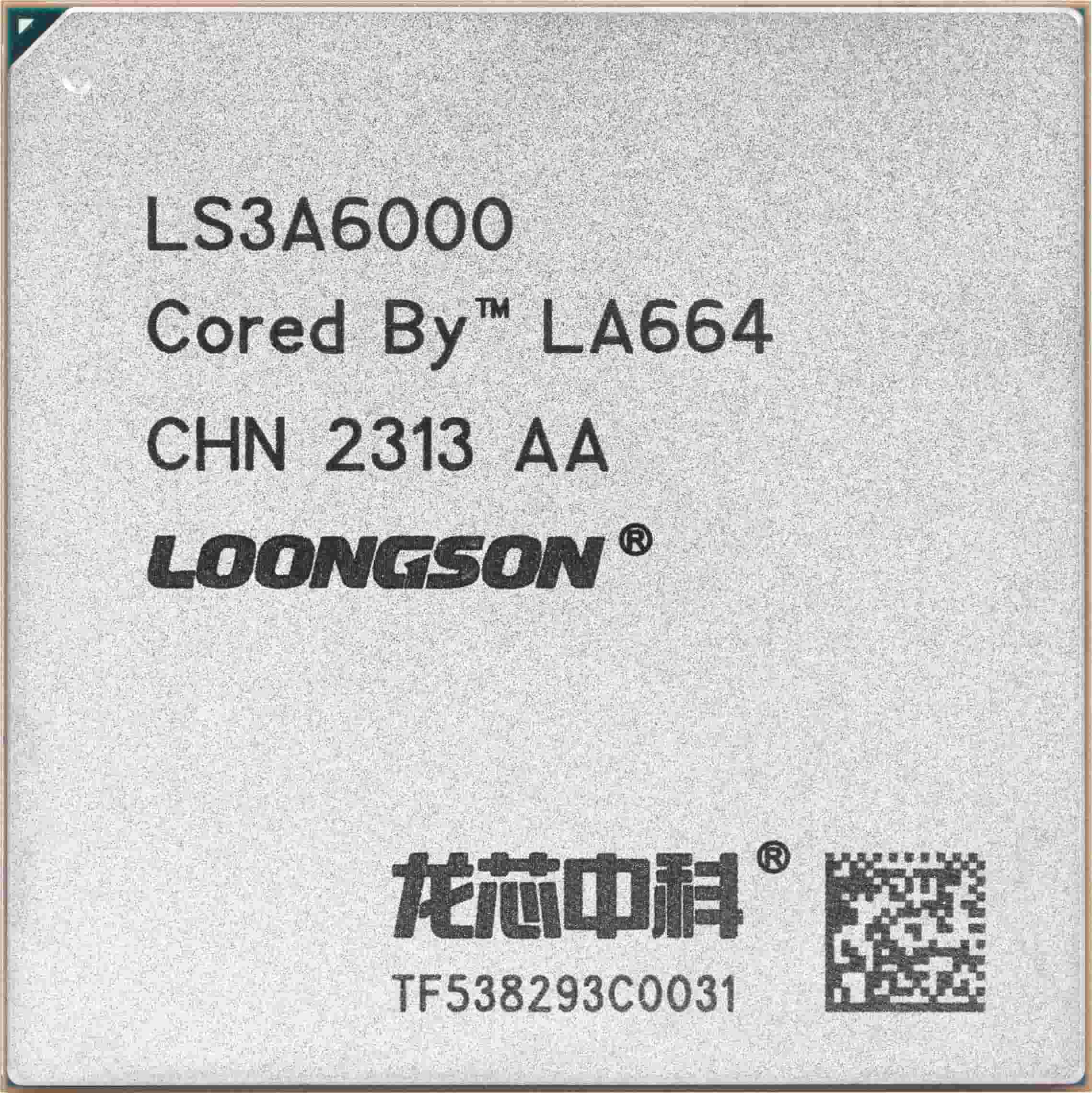
Conclusion
Understanding CPU architectures is crucial for making informed decisions about the devices and systems you use. ARM, x86, and x64 architectures each have their strengths and are optimized for different types of tasks. While ARM excels in power efficiency and is prevalent in mobile and embedded systems, x86 and x64 offer high performance and versatility, making them the go-to choice for personal computers and servers.
As technology continues to evolve, we may see new architectures emerge and existing ones adapt to meet the changing demands of the digital world. Stay tuned to our blog for more insights into the ever-evolving landscape of technology!
Feel free to share your thoughts and questions in the comments below. Until next time, happy computing!